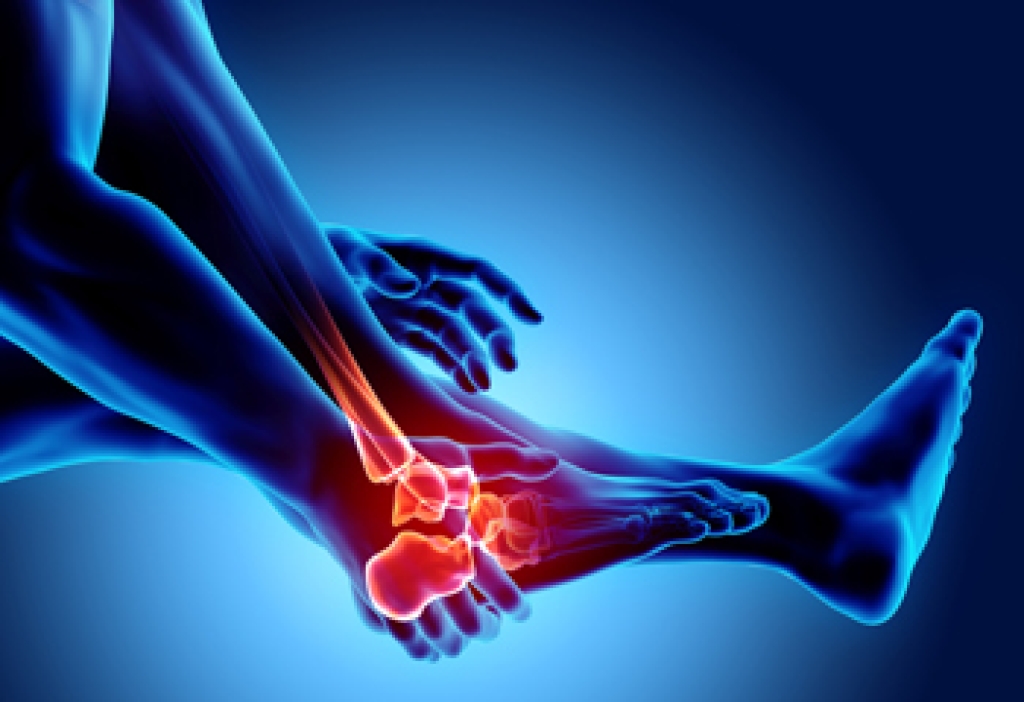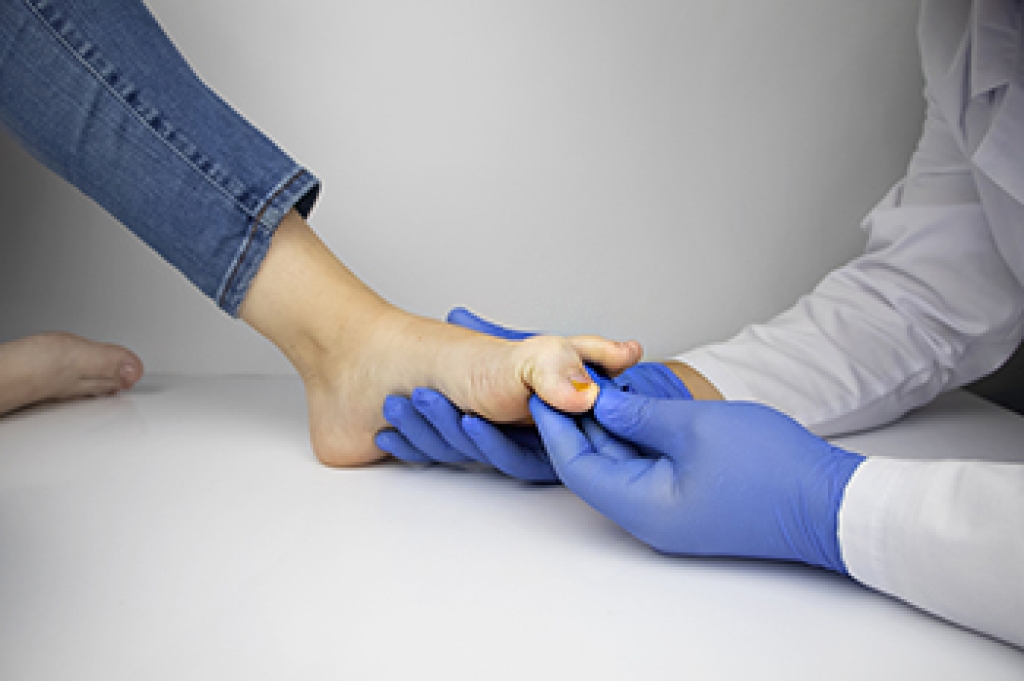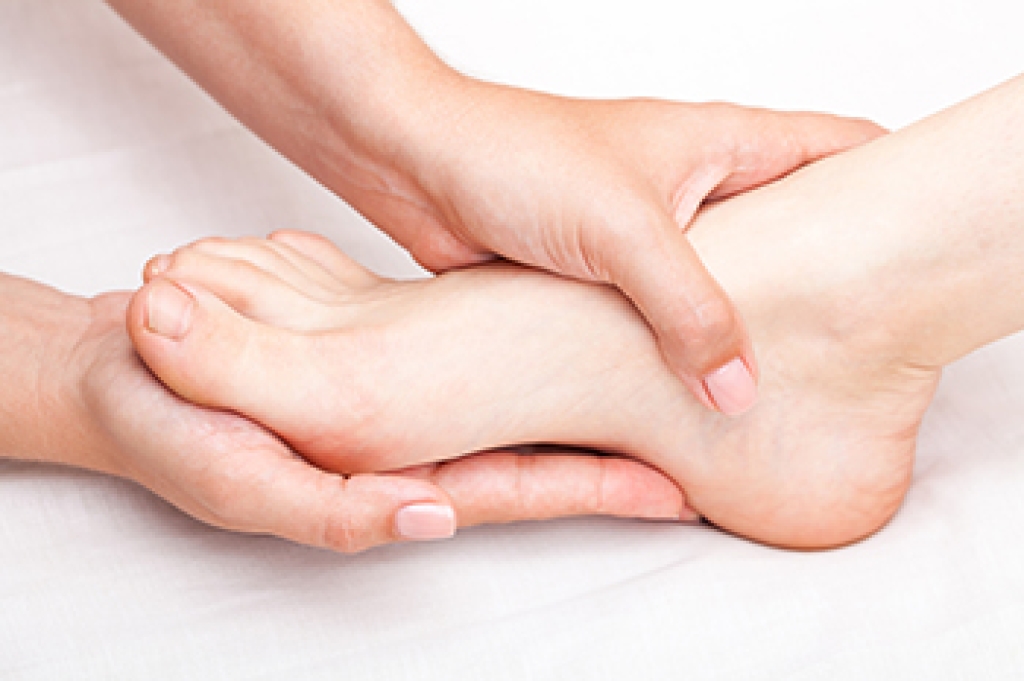
Osteoarthritis in the ankles often begins with a deep, aching pain around the joint that becomes more noticeable during movement or after standing for long periods. Stiffness can make it difficult to bend the ankle fully, especially after rest, and swelling may develop on one side or all around the joint. Tenderness when the ankle is touched or squeezed is another sign of osteoarthritis, and walking can become challenging as the joint loses flexibility. When cartilage in the ankle joint wears down and the protective space between the bones narrows, bone spurs can form and lead to increased pain with each step. Shoes that lack adequate support or frequent use of flip-flops can place extra stress on already irritated tissues. A podiatrist can evaluate ankle motion, check for swelling, order and review imaging, and recommend the best treatment to reduce symptoms. If you have symptoms of osteoarthritis in the ankles, it is suggested that you make an appointment with a podiatrist for a diagnosis and treatment.
Arthritis can be a difficult condition to live with. If you are seeking treatment, contact one of our podiatrists from ABC Podiatry. Our doctors can provide the care you need to keep you pain-free and on your feet.
Arthritic Foot Care
Arthritis is a joint disorder that involves the inflammation of different joints in your body, such as those in your feet. Arthritis is often caused by a degenerative joint disease and causes mild to severe pain in all affected areas. In addition to this, swelling and stiffness in the affected joints can also be a common symptom of arthritis.
In many cases, wearing ill-fitting shoes can worsen the effects and pain of arthritis. Wearing shoes that have a lower heel and extra room can help your feet feel more comfortable. In cases of rheumatoid arthritis, the arch in your foot may become problematic. Buying shoes with proper arch support that contour to your feet can help immensely.
Alleviating Arthritic Pain
- Exercises that stretch the foot can prevent further pain and injury and increase mobility
- Most of the pain can be alleviated with anti-inflammatory drugs, heat, and topical medications
- Massages can help temporarily alleviate pain.
It is best to see your doctor for the treatment that is right for your needs and symptoms. Conditions vary, and a podiatrist can help you determine the right method of care for your feet.
If you have any questions please feel free to contact our office located in Columbus, OH . We offer the newest diagnostic tools and technology to treat your foot and ankle needs.








